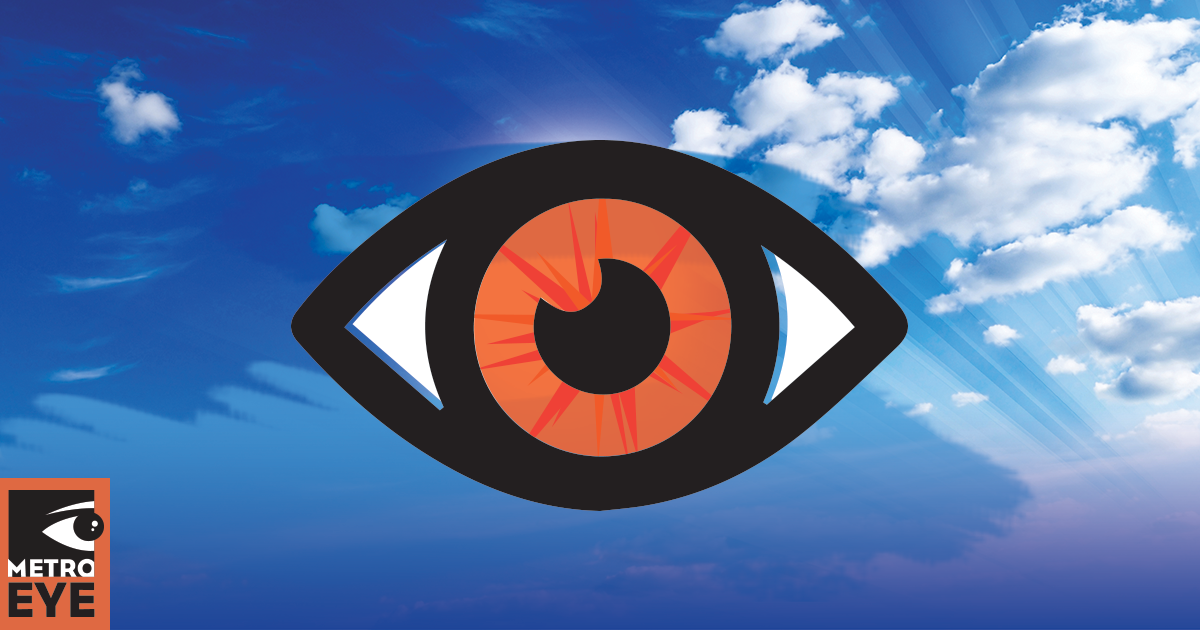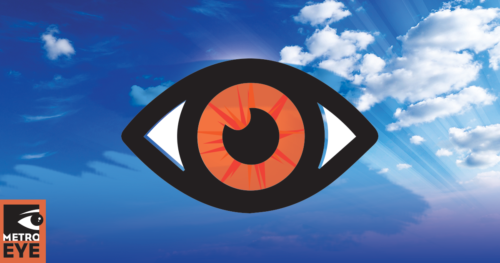

Are your eyes red, watery, and itchy? Spring is that time of year where eye allergies start to act up, causing problems for your eyes and affecting your vision, along with your well-being.
Eye allergy triggers vary from person to person. There are three primary types of environmental allergens; outside, inside and chemical. Outside allergens are mainly tree and flower pollen, and vegetation that blooms causing pollen to scatter; especially in spring. Inside allergens include dander, mold, and tiny dust mites. Chemical irritants such as smoke, fumes and air pollution make up the third environmental allergen source.
Technically, eye allergies are known as allergic conjunctivitis. The immune system over-compensates by releasing histamine, a chemical that causes swelling and inflammation. For instance, the blood vessels in your eyes will swell, making your eyes red, producing excess tears, and becoming itchy.
Limiting your exposure to allergens is the key to preventing a bad allergic episode. When pollen counts are high, usually in the mid-morning and early evening, limit your time outdoors. Reduce contact with dust mites by using special pillow covers and washing your bedding often. Indoors, invest in a quality HEPA air-filter and keep your humidity under 50%.
If you wear contacts, switch to glasses during the daytime instead.
Whatever you do, don’t rub your eyes, it will only make your symptoms worse.
Over the counter eye drops and ointments can help with your symptoms but can only do so much. The doctors at Metro Eye can help recommend a comprehensive, multi-faceted treatment plan formulated to your exact conditions. Our optometrists can often prescribe the same medications your family doctor can for eye allergies.
If you are experiencing eye allergy discomfort, contact us to schedule an appointment with one of our caring and qualified optometrists. Together, we’ll look into your issues and help find a customized solution that will work for you.

